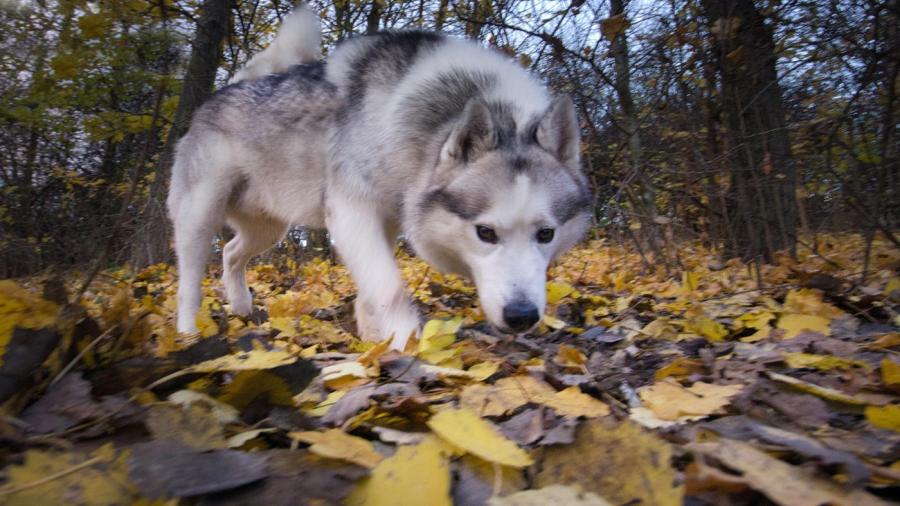Why Do Leaves Turn Brown?

Leaves turn brown mainly due to environmental stress. Hot, dry and windy weather can cause a plant’s rate of transpiration to exceed the rate of water absorption. When this happens, more water is lost from the leaves through transpiration than is absorbed by the roots from the soil, leading to leaf scorch.
Plants with inadequate root systems are susceptible to leaf scorch. Such inadequacies are often the result of underlying problems, such as water logging and over-application of fertilizer. Water logging destroys plant roots by depriving them of oxygen and inhibiting the development of new roots. The root systems of waterlogged plants cannot absorb enough water to compensate for water losses due to transpiration. Over-application of fertilizer, on the other hand, causes a spike in the soil’s salt concentration and can burn plant roots. It also raises the soil’s salt concentration above that of the plant, which contributes to leaf scorch.
Browning of leaves can also be a sign of bacterial leaf scorch, an incurable and contagious disease caused by a bacterium known as Xylella fastidiosa. This disease first causes plant leaf tips to turn brown and then slowly spreads along branches, leading to an overall browning. Leaf tips turn brown first because they are farthest from the veins that carry water from the roots to other parts of the plant.





